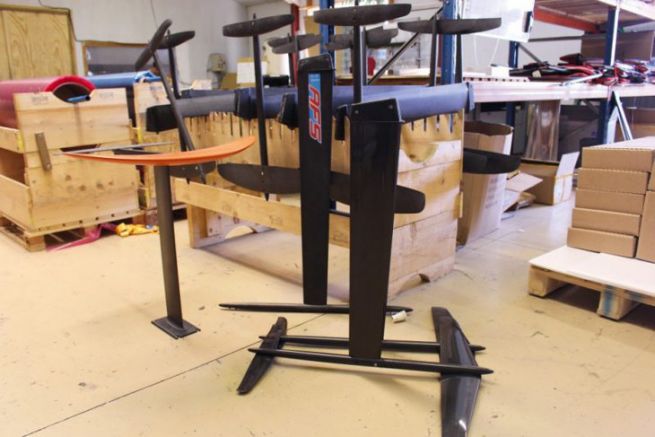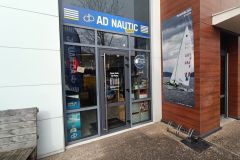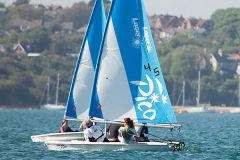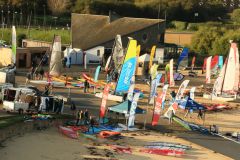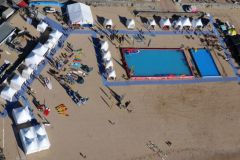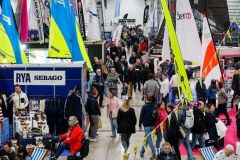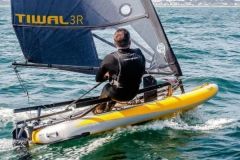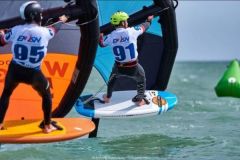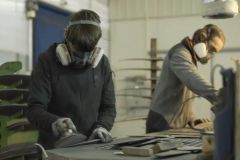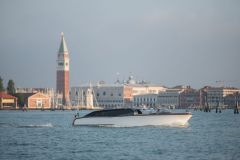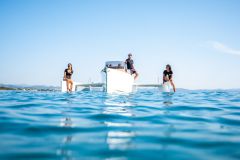Foil and Co must push the walls
Founded in 2016, Foil and Co is growing extremely fast. The company, which specializes in the manufacture of prepreg carbon parts, mainly foils for nautical leisure activities with its brands AFS, AHD, Nahskwell and Sealion, is now cramped in its premises in Le Tréhou in North Finistère. "We have been elected in the recovery plan. We will have to double the surface. We have an expansion project on the surrounding land. The goal is to have it done by the end of 2022, but with the cost of raw materials in the building, it is a bit complicated to have a price for an industrial building at the moment" explains Tanguy Le Bihan, naval architect and founder of Foil and Co.
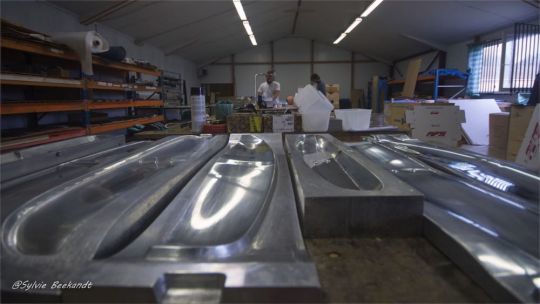
For this, the company will also have to recruit. "We're 25 now and will end up with about 30 employees by the end of 2021. We'll probably have to double the workforce within a rolling year. We have a good appeal, given the location and the technology aspect. There is an interesting job pool here, particularly in agriculture. Recruitment is local with in-house training" adds the manager.
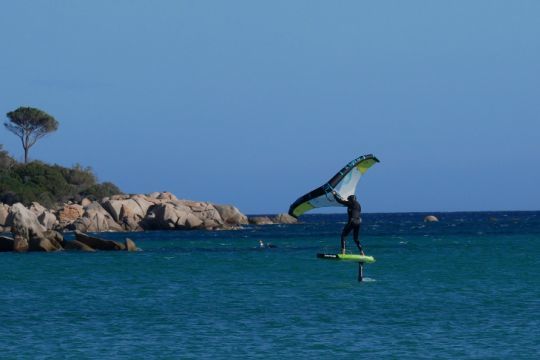
An exploding foil market
Foil and Co's sustained growth is not expected to slow down in the short term, driven by fundamental phenomena. "We've increased our sales by more than 2 times this year. There are several factors. There is a Covid effect with an increase in outdoor activities, people who need nature. Our goal is to reindustrialize in France. Five years ago, people thought I was crazy. Three years ago, a little less. Today, the price of transport, with containers that have been multiplied by 15, has shown the interest of producing close to the customer. This also avoids supply problems, as experienced by competitors in South-East Asia. And we don't have too many worries about our purchases of prepreg carbon, because the aeronautics industry has not recovered too quickly, whereas our aluminum competitors have to fight with bicycle manufacturers, for example, for the material. Finally, the third effect is the explosion of the Wing. It is estimated that it will be more important than the kite and maybe even equivalent to windsurfing in the 1980s. As a reminder, 1 million boards were produced per year at that time" concludes Tanguy Le Bihan.

